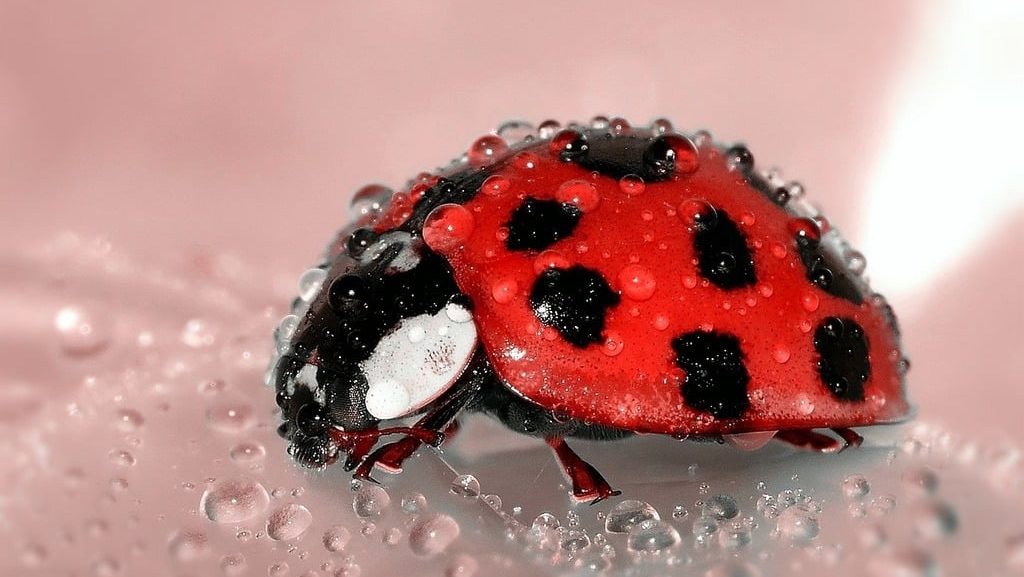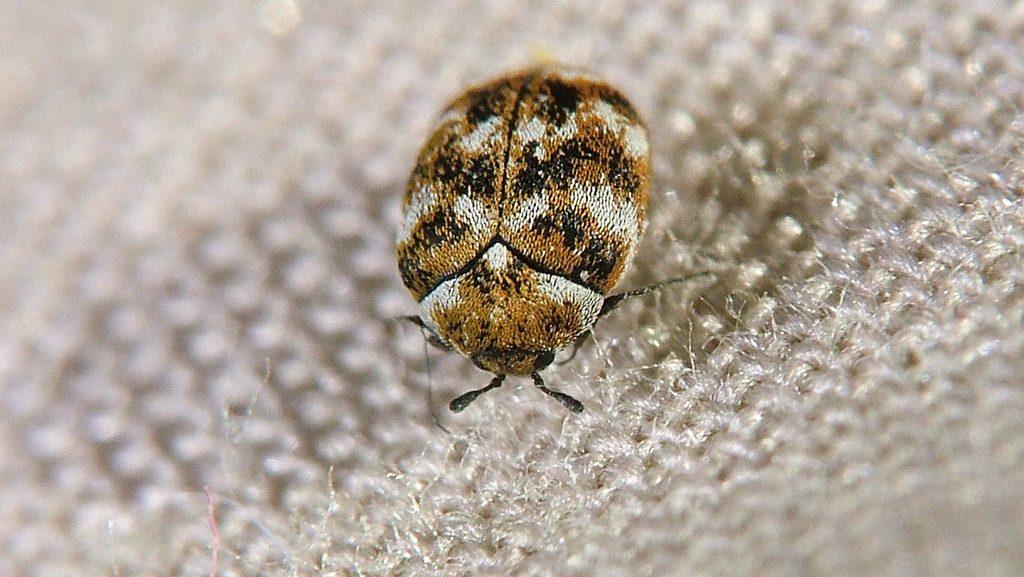Key Takeaways
- Beetles vary by species—some are helpful, others harmful.
- Seal entry points and maintain cleanliness to prevent infestations.
- Use professional pest control for stubborn beetle problems.
 Beetles are among the most diverse and fascinating insects, with over 350,000 known species inhabiting various environments worldwide. Their immense diversity in shape, size, and color can make beetle identification challenging but intriguing.
Whether you’re a nature enthusiast, a gardener, or dealing with a beetle infestation, understanding what beetles look like and how to identify them is crucial. In this guide, we’ll break down the common features of beetles, how to identify different types, and why it’s important to distinguish them from other insects.
Beetles are among the most diverse and fascinating insects, with over 350,000 known species inhabiting various environments worldwide. Their immense diversity in shape, size, and color can make beetle identification challenging but intriguing.
Whether you’re a nature enthusiast, a gardener, or dealing with a beetle infestation, understanding what beetles look like and how to identify them is crucial. In this guide, we’ll break down the common features of beetles, how to identify different types, and why it’s important to distinguish them from other insects.


Not getting a solution?
Get your free pest control estimate today!What are Beetles?
Beetles, members of the order Coleoptera, represent the largest order in the animal kingdom. Known for their remarkable adaptability, they are easily distinguished by their unique wing structure, which includes a protective outer layer called the elytra. Below are some of the common characteristics of beetles:- Elytra: Hard, often shiny wing covers protecting the hind wings.
- Six Legs: Typical of all insects, beetles’ legs vary by species and function.
- Antennae: Sensitive feelers used to navigate and sense their surroundings.
- Mandibles: Strong jaws for chewing plant material, wood, or prey.
Beetle Identification Guide
Although beetles share basic traits, their appearance can vary significantly across species. Here are some key identifiers: Shape The shape of a beetle varies, but most beetles have oval or cylindrical bodies with clearly defined segmentation. Size Beetles vary widely in size—from tiny species measuring just a few millimeters, to larger beetles that can go up to 4 inches in length. Color
Beetles range in color from plain black or brown to vibrant metallic hues like green or copper, with some, like ladybugs, using bright colors to ward off predators.
Antennae and Legs
Beetle antennae vary in shape, from threadlike to club-shaped, while their six legs are specialized for tasks like digging or fast movement, depending on the species.
Food
Beetles are omnivores, feeding on a variety of organic materials such as plants, wood, decaying matter, and even other insects. Some species, like carpet beetles, also consume natural fibers, including wool, silk, and cotton.
Color
Beetles range in color from plain black or brown to vibrant metallic hues like green or copper, with some, like ladybugs, using bright colors to ward off predators.
Antennae and Legs
Beetle antennae vary in shape, from threadlike to club-shaped, while their six legs are specialized for tasks like digging or fast movement, depending on the species.
Food
Beetles are omnivores, feeding on a variety of organic materials such as plants, wood, decaying matter, and even other insects. Some species, like carpet beetles, also consume natural fibers, including wool, silk, and cotton.
Which Beetles Are Most Common?
Different beetle species have distinct features that make them identifiable. Below are some common beetle species and their characteristics. Understanding these can help determine if they pose a problem in your home or garden.
Ladybugs
-
Appearance: Bright red or orange with black spots.
-
Size: About 1/8 to nb 1/4 inch long.
-
Habitat: Found in gardens, feeding on aphids and other pests.
-
Benefit: Natural pest control; harmless to humans.

Carpet Beetles
-
Appearance: Oval-shaped with a scaly, dark brown, white, or yellow shell.
-
Size: Approximately 1/8 inch in length.
-
Habitat: Indoors, often found in carpets, fabrics, and stored food.
-
Drawback: Known for damaging fabrics and natural fibers.

Japanese Beetles
-
Appearance: Metallic green body with copper-colored wings.
-
Size: Around 1/2 inch long.
-
Habitat: Found in gardens, damaging ornamental plants and crops.
-
Drawback: Highly destructive to plants.

Stag Beetles
-
Appearance: Large beetles with antler-like mandibles, especially in males.
-
Size: Up to 2 inches long.
-
Habitat: Wooded areas, especially decaying trees.
-
Benefit: Contribute to decomposing dead wood.

Powderpost Beetles
-
Appearance: Small, reddish-brown beetles resembling wood shavings.
-
Size: About 1/8 inch long.
-
Habitat: Found in wooden furniture, hardwood floors, and framing.
-
Drawback: Cause significant damage to wooden structures.
How to Prevent Beetle Infestations?
Beetles can significantly damage to your home and garden if left unchecked, from destroying fabrics and stored food to boring into wooden structures and damaging plants. Here are some practical strategies to keep beetles under control:Tips to Prevent Beetle Infestations
-
Inspect and seal cracks, gaps, or openings around windows, doors, and walls to block entry points.
-
Store food in airtight containers and keep stored wood dry and properly treated to deter beetles.
-
Vacuum carpets, upholstery, and hidden corners regularly and clean crumbs or spills promptly to eliminate eggs and larvae.
-
Remove rotting wood and plant debris from your yard to reduce breeding grounds for woodboring beetles.
-
Consult pest control professionals if infestations persist, as they can identify the beetle species and apply effective treatments.

Myths and Facts About Beetles
Many myths surround beetles and their role in ecosystems, which can lead to misunderstandings about how to manage them. Here, we separate myth from fact to help you better understand these insects.| Myth | Fact |
|---|---|
| Beetles are always harmful. | Not all beetles are pests. Many, like ladybugs and ground beetles, help control harmful insects. |
| Beetles only live outdoors. | While many beetles prefer the outdoors, certain species, such as carpet beetles, thrive indoors and damage fabrics and furniture. |
| Beetles are challenging to control. | Professional services can manage beetle infestations effectively with targeted treatments. |
| All beetles can fly. | Not every beetle species is capable of flight. Some have underdeveloped wings and rely on crawling. |
| Beetles are only active during the day. | While some beetles are diurnal, others, like June bugs, are nocturnal and more active at night. |





